Few automakers are making more of a commitment to battery-electric vehicles than General Motors – and, at least from a sales standpoint, it appears to be paying off. The automaker has more than doubled both its EV sales and market share this year in the U.S. – and it is now outselling Tesla in neighboring Canada. Headlight.News has the story.
Coming into 2025, the Cadillac brand had just one battery-electric vehicle in its U.S. showrooms. By the time the year ends it will have five. The Chevrolet brand has also seen a sharp growth in its line-up, with more products – notably the returning Bolt EV – on the way.
At a time when conventional wisdom suggests battery-electric vehicle sales are losing momentum, and a number of rivals are canceling or delaying EV programs, General Motors continues to push forward. And it’s paying off.
The automaker more than doubled both its U.S. EV sales and market share during the first five months of 2025 compared to year-earlier numbers. And that success isn’t limited to the U.S. In neighboring Canada, GM not only scored a big increase in sales between January and May but saw demand push past that of the now withering Tesla.
All that said, the huge growth in GM’s EV sales numbers comes with a couple asterisks.
Buyers plug in

Chevy’s Equinox EV is now one of the most affordable battery-cars on the market – and GM’s best-seller.
Three of GM’s four North American brands now offer EVs – the exception being Buick whose own entry is believed to still be a couple years away.
Collectively, products such as the Chevrolet Blazer, GMC Hummer EV and Cadillac Lyriq generated 62,830 sales during the first five months of the year. The figure barely topped 30,000 a year earlier. It positions GM as the second-largest EV manufacturer in the U.S. so far this year, surpassing Ford Motor Co. which delivered 34,132 EVs during the January-May period.
In fact, Chevrolet alone beat Ford, selling 37,620 battery-electric models. That figure includes 21,804 Equinox EVs, currently the most affordable battery-powered model in the automaker’s line-up.
The asterisks
“They’re definitely making progress,” said Sam Abuelsamid, the lead analyst with Telemetry Research. But he quickly stressed that GM’s latest sales numbers go up against “a low bar.”
A year ago, Chevy was just winding down production of the original Bolt EV and EUV models, its first long-range battery-electric vehicle family. Meanwhile, the automaker had issued a stop-sale for Chevrolet Blazer due to glitches with its electrical and electronic systems.
It was just expanding availability of the Cadillac Lyriq and Chevy Equinox EV. Two all-electric pickups, the Chevrolet Silverado EV and GMC Sierra EV, were only being sold to commercial buyers. And neither the Caddy Optiq nor Vistiq were yet available a year ago.
“The numbers may be misleading,” said Abuelsamid, but “I have no doubt they’re going to continue to improve for GM.
More GM EV News
- First Look: Cadillac Optiq-V Delivers Electrifying Performance
- First Drive; Chevrolet Equinox EV
- Review: Cadillac Escalade IQ
A growing line-up
As of now GM has the broader array of any manufacturer in its U.S. line-up, with more coming. It’s getting ready to launch the next-generation Bolt which is set to become the automaker’s most affordable entry, starting under $30,000 even without the federal EV tax credit.
By comparison, Ford has just three all-electric models, the Mustang Mach-E, the F-150 Lightning and the E-Transit van. As for Tesla, it also lags behind from a product count, with its Models S, X, 3, Y, and Cybertruck – though it continues to far outsell GM in the EV segment.
GM’s multi-billion-dollar investment in EVs underscores CEO Mary Barra’s oft-repeated plan to put the automaker on a “path to an all-electric future.” But like many journeys, it isn’t going quite as smoothly as planned.
The detours on the journey

GM is working up some new plug-in hybrids which are expected to be used in some of its largest products, like this Chevrolet Suburban.
Barra has allowed that EV demand growth has slowed substantially since she first outlined her plan. A new AAA study released last week found barely one in six American motorists saying they are “likely” or “very likely” to switch to an EV when they next trade in.
As part of his new Car Wars study, Bank of America auto analyst John Murphy forecast the industry, as a whole, will pare back on the number of EVs coming to market over the next four years, whether dropping some projects – as Ford has done – or delaying others.
Barra herself has said the company must respond to “marketplace changes.” Among other things, it has reversed course by announcing plans to bring out some new plug-in hybrid models later this decade. The original goal eliminated hybrids entirely. But the automaker has now recognized that buyers seem hesitant to go all-electric in some market segments, including full-sized pickups and SUVs.
Last month, GM made several major announcements revealing it will continue investing in conventional internal combustion technology – including $888 million for next-generation V-8s. That’s the automaker’s largest investment ever in propulsion systems.
Still committed
Over the past year, a number of automakers have shifted their EV plans. Others, like Toyota and Stellantis, have reaffirmed “multi-energy” policies allowing them to flex in response to market shifts with mixtures of ICE, hybrid, EV and other powertrain technologies.
For her part, Barra insists GM remains on that EV path. Just not so quickly as she originally anticipated.
“I wouldn’t say we’re recommitting,” she said last year. “You know, we said back in 2018 that we’re committed to an all-electric future. But as we make this transformation, it’s going to happen over decades.”
GM still hopes to switch to battery power by 2035. But it’s going to continue to post growth like it saw during the first five months of this year if it’s even to come close.

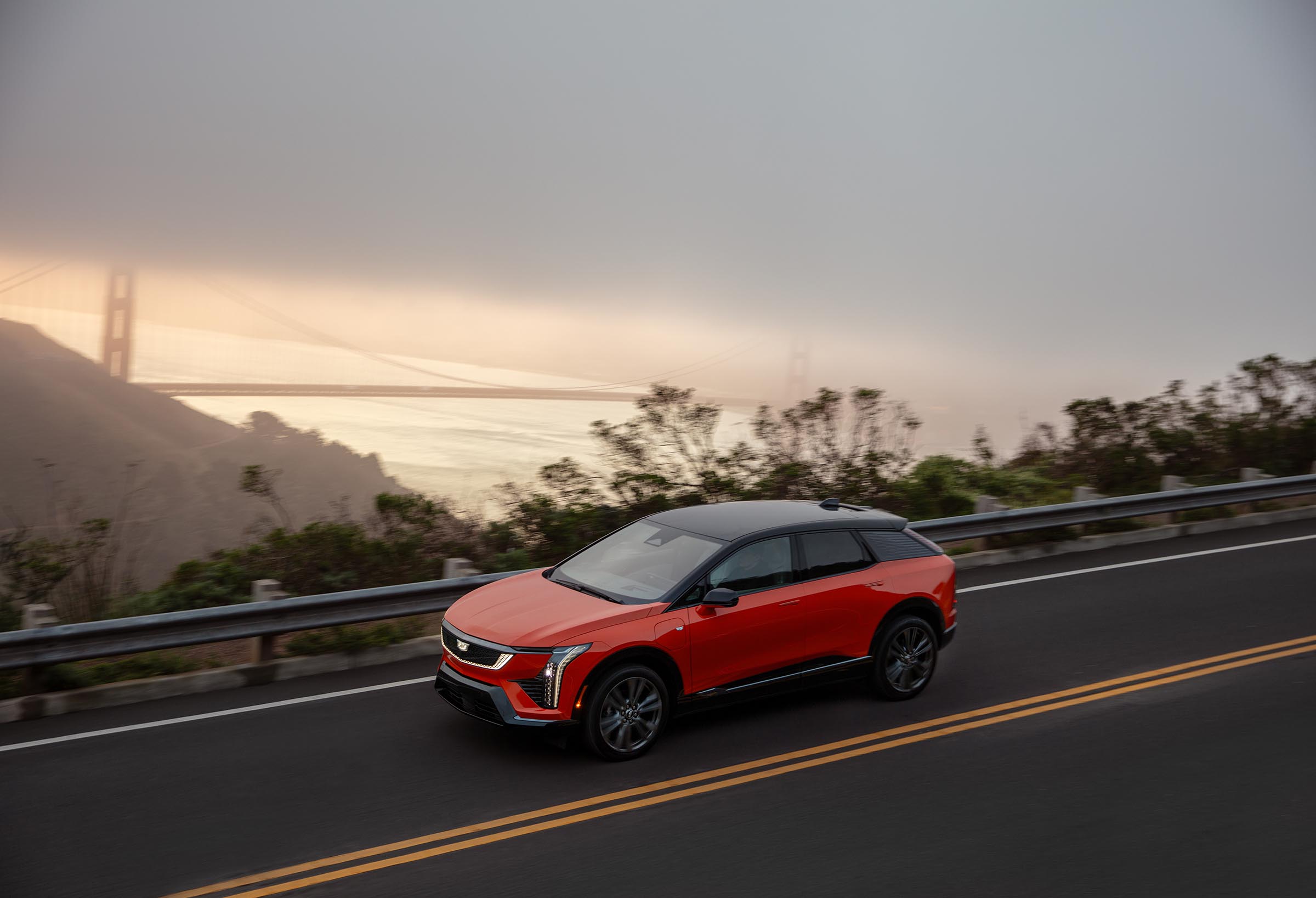

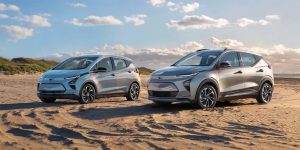
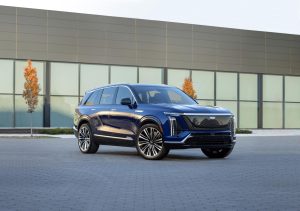


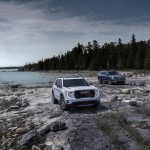
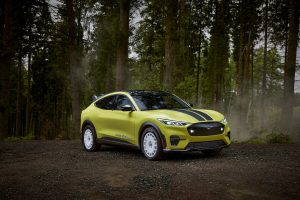
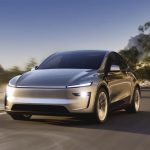



0 Comments